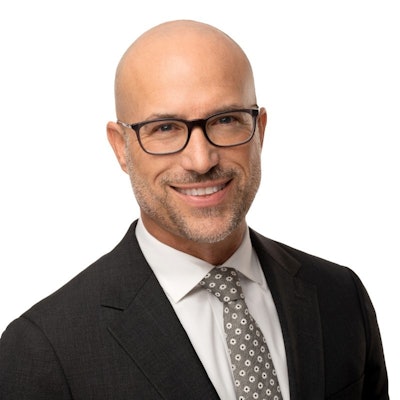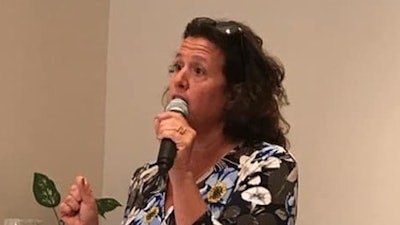A new report by the National Association of Colleges and Employers (NACE) finds that more than half of the 2023 graduating class had an internship. However, the study reveals that minority and female students are underrepresented in paid and unpaid internships. According to NACE, students with paid internships receive more job offers after graduation and receive higher starting salaries.
According to the survey, 62% of 2023 graduating seniors took part in an internship at some point in their college career. The study also finds 59% of those students worked in paid internships. Shawn VanDerziel, executive director of NACE, said that paid interns are more likely to have gained variable experience because there is an investment and commitment on behalf of both the employer and the intern.
 Shawn VanDerziel is the executive director of the National Association of Colleges and Employers.
Shawn VanDerziel is the executive director of the National Association of Colleges and Employers.
The report provides insights into the demographic representation of students who had paid internships. Disproportionally represented among paid interns were white students and male students, according to the report. Among men who took part in an internship, more than three-quarters (76.4%) had paid internships; among women taking part in internships, slightly over half (51.5%) were paid.
In a 2019 survey by NACE, 74% of paid interns were white. In the same study, Black students were only 6% of paid interns, and Hispanic students made up 10.2% of unpaid interns. The study suggests that Black students are more likely to be unpaid interns, and Hispanic students are more likely never to have had an internship, paid or unpaid.
The gender and racial disparities when it comes to who obtains internships hampers the career prospects of women and minorities when entering the job market, VanDerziel said.
According to the survey, paid interns averaged 1.4 job offers, and unpaid interns averaged 0.9 job offers. The report also found that those who had gained experience in a paid internship earned a median starting salary of $67,500 compared with a median starting salary of $45,000 for those who had taken part in unpaid internships.
 Mary Gatta is the director of research and policy for the National Association of Colleges and Employers.
Mary Gatta is the director of research and policy for the National Association of Colleges and Employers.
"Students from more marginalized populations are disproportionately represented in unpaid internships," said Gatta. "So, there's systemic inequity across paid and unpaid internships. In order to mitigate some of this inequity and address the systemic barriers, [NACE] has advocated a position statement that … is advocating work toward eliminating unpaid internships."
In a statement, on NACE's website, NACE said it uses an equity lens when examining the subject of paid and unpaid internships.
NACE announced a call to policymakers to address the inherent inequities unpaid internships cause and to work to ensure all internships are paid. NACE added that internships are one of the most effective recruiting tools employers use to identify and hire early-career college graduates. According to a NACE poll of 166 employers, about 80% indicated that internships provided the best return on investment as a recruiting strategy.
"There is an opportunity for companies who are looking to hire to diversify their pipeline,” said VanDerziel. “There are women and people of color who are students who are available for potential paid internships. And those internships provide a critical pipeline to future employees for those organizations. So, if they're looking to diversify their workforce, they should know that there are students out there who they can recruit. And they come from all different types of colleges and universities."
Veronica Fernandez-Alvarado can be reached at [email protected]





















